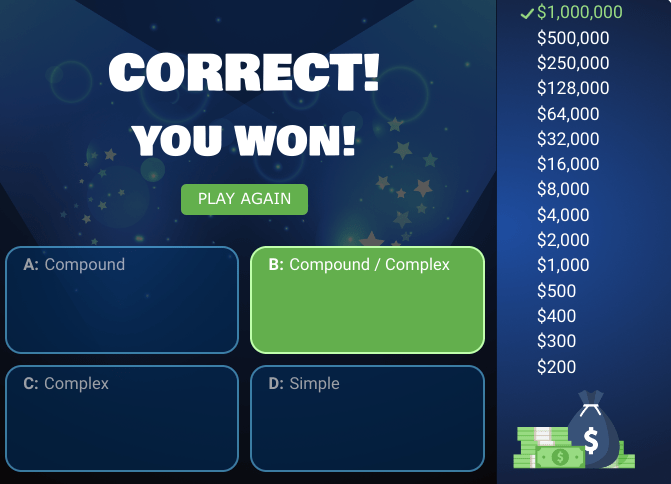LI: To create a multi-modal DLO that tells others about swamp tigers.
Our challenge was to research about swamp tigers and create multi-modal DLO that teaches others about swamp tigers. The first we did was watch videos and research about the animal. We found out that swamp tigers are afraid of humans as humans are afraid of swamp tigers. This may be because humans are taking away the swamp tigers natural habitat. The scientific name for a swamp tiger is Panthera tigris tigris. Our DLO teaches what the swamp tiger’s diet, appearance, behaviour, habitat, and some interesting facts. The swamp tiger is a carnivore this means they only eat meat. Did you know many fishermen are killed and since swamp tigers see everything living as prey? Finding a swamp tiger is impossible due to the fact they are well blended in with its surroundings.
I found this task interesting and fun because I learnt how fascinating this animal is.
